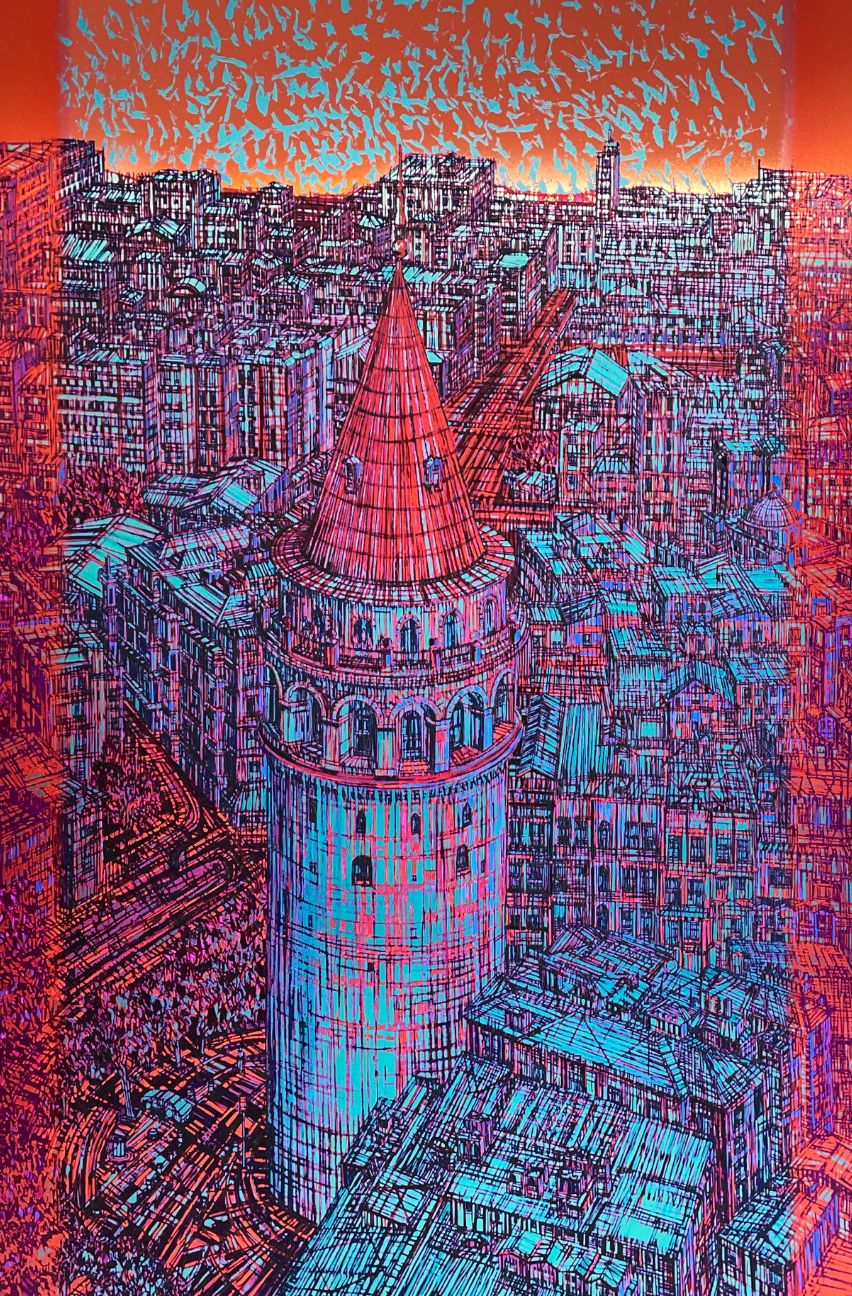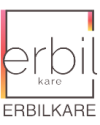WHAT IS GICLÈE?


Invented by the Chinese Civilization some centuries ago, the printing technology came into widespread use during the Renaissance of the North and has been appreciated in the hands of such masters as Albrecht Durer, Martin Schongauer, Rembrandt Harmenszoon van Rijn and Francisco Goya. Dating from mid-19th Century, works by Edgar Degas, Toulouse-Lautrec, Paul Gauguin, Félix Vallotton, Mary Cassatt and many others had inspired interest in printmaking which was carried on by the later works of Pablo Picasso, Georges Braque, Henri Matisse, Georges Rouault, Marc Chagall, Joan Miro and Max Ernst; and today, the printmaking is an essential part of visual arts owing to the works of Henry Moore, Graham Sutherland, David Hockney and many other Pop-Art artists. The printmaking in Turkey had shown a very peculiar progress through the works of Léopold Lévy, Sabri
Berkel, Fethi Kayaalp, Mustafa Aslier, Mustafa Pilevneli, Ergin İnan and Devrim Erbil. Printmaking is based on creating images over the surface of a paper, fabric or aluminum material using various methods. These prints, with their unique property, are products of art-depending on the number of editions, of course. Printmaking, including the techniques like engraving, lithography, serigraphy and digital printing, is an essential component of fine arts and artists are still producing images through printing methods. Use of computers by the artists for generating and processing images is dating back to the early 1980s. Many artists, including Richard Hamilton, David Hockney and Sidney Nolan, had begun to use computers for creating printed images in that era. On the other hand, existence of commercial printing companies sparked off the emergence of a new market in art. While the Iris digital printer has appeared as the first digital printmaking equipment, these printers were being highly demanded for the unique features they offer like rich printing quality, light-fast inks and an edition of prints can be limited to as few or as many as the artist wishes.
Consequently, the newer creation techniques also coexist together with the former ones in the history of art. In contemporary printmaking, while on one hand products are being created using classical printing techniques, the editions produced through digital printing techniques are also increasing day by day. Here, the Giclée Prints are amongst the most prominent digital printing techniques used in the fine arts. To this end, I would like to speak of a new technique of art on the occasion of this exhibition which brings together Devrim Erbil, Evrim Erbil, who has an experience of over ten years, and Giclée Printing.
Pursuit of novel artistic printing techniques is a frequent concept in the history of art since as the creation tools evolve, so do the means of expression. Novelties introduced by the digital revolution
and the possibilities thereof had major influence upon the artists and the art-lovers. Emerging after the digitalization of printing, these methods, called Digital Fine Arts Printing, have created new contexts and new terminologies in terms of material and technique. Today, we have giclée prints in contemporary art museums and in collections; this means that a new era in printmaking has begun and we had better address this paradigm shift.
The word giclée was derived from the French verb gicleur which means nozzle and was first coined by Jack Duganne in 1991. The reason for the adoption of this word was to distinguish this type of prints from those similar commercial practices. The word giclée print had begun to appear
increasingly in the tags of the works as of 2000s.
Thus, the word giclée is now used to describe those high quality fine art prints produced with ink-jet printers. In this context, we need to mention the distinctive features of giclée prints which differentiate them from other ink-jet prints. First of all, a good giclée print must be a high quality output in terms of resolution and color space. Printing inks must be permanent, fade-resistant and convenient for archiving to endure the test of time. Durability of the printed image is essential for both artists and the collectors. At this regard, the recent test results indicate that giclée prints are able to endure up to 200 years. On the other hand, giclée print also allows artists to be able to limit the number of editions when they wish so-contrary to other techniques, e.g. lithography.
Giclée prints offer a broader color range and depth by means of larger amount of ink consumption as compared to the standard prints. The ink used in the process produces a storable quality, and adding the artist’s signature, works created through giclée print achieve an acceptable standard for museum collections. An additional advantage for the artists is that they can print their works on demand so that they can save the costs of pre-printing all copies.


In printing, we often come across the term digital inkjet print; which, indeed, has a broader meaning. Therefore, we are to prefer the term giclée for those refined prints. Giclée prints can be distinguished from the inkjet print by these three important features:
1) Archive quality
2) Ink
3) Color depth
Images can be created through five different sources in giclée prints: Images generated on computer, digital photography, scanned images, images manipulated by a relevant software and developed, re-processed or modified images of existing giclée prints. Devrim Erbil’s works fall under
the lattermost category.
First step in giclée print is to create the image of the original artwork and the digital file thereof. Then the image is to be transferred to the Mac/PC. The monitor and the printer are calibrated using the related hardware and software equipment in order to preserve color fidelity; and then an ICC profile is to be created for each printing surface, which enhances the authenticity of the print. Aesthetic attractiveness of the giclée print, i.e. the quality of the final print can be measured by the genius of the artist – Devrim Erbil; and the finesse shown by the master – Evrim Erbil in combining the prints interactively. Evrim Erbil says: “These three important interactions had to be present in giclée printing process: Graphic designer, mechanic and an artistic eye.” Here is the privileged position of Erbil Kare: Evrim Erbil embodies all these three qualities. It is a long and laborious procedure to achieve many combinations including the original file, data transfer, ink, surfaces and preservation processes; and, the slightest mistake could have consequences.
Art is, firstly and always, about an idea and the technology is essential in realizing these ideas offering fresh possibilities for expression. Progress in technology creates new paths for these possibilities, thus expanding its scope and contributing to its diversity.
It is obvious that Devrim Erbil’s works and the giclée prints produced by the coordination of Evrim Erbil are going to have a significant influence on the fine arts and it is here to stay. In terms of digital technology, giclée print will cover an important portion of original work creation. High relief giclée prints displayed at Devrim Erbil’s exhibition are a remarkable synthesis of the traditional and the new. Images in the artist’s mind transfer to the presentation media via technology which offers editing, control and re-digitalization processes for the sake of creative development.
An impressive texture is created by continuously overprinting certain areas of the printing surface and “one can derive a picturesque taste from Devrim Erbil’s works printed on reflective aluminum surface and with colors accumulated on certain areas” as Evrim Erbil had stated in her own words.
Evrim Erbil’s own way of using the machine seems quite different. Only a single work is produced in a day in Erbil Kare since it is a labor-intensive process. On the other hand, only a single copy of each work has been printed, which makes them unique. The prints are also protected against duplication owing to its UV printing feature which creates a glossy varnish effect.
By saying “It is not going to be an ordinary exhibition, Devrim Erbil means that giclée printing has a qualified language. While the works are bearing the artist’s signature, giclée print is an intermediate segment between standard print and the oil painting – a bit more affordable, yet offering a monotype possibility. A new segment has been opening in the History of Turkish Printmaking. Devrim Erbil’s works-a combination of UV, giclée and relief, mark the beginning of the history of a new technique to be much appreciated by the artists and collectors.
“Art is, firstly and always, about an idea and he technology is essential in realizing these ideas offering fresh possibilities for expression. Progress in technology creates new paths for these possibilities, thus expanding its scope and contributing to its diversity!”
Asst.Prof.Dr. Fırat ARAPOĞLU


Copyright © 2023 – DMCA tarafından korunmaktadır. Tüm Hakları Saklıdır. Powered by webgrup



